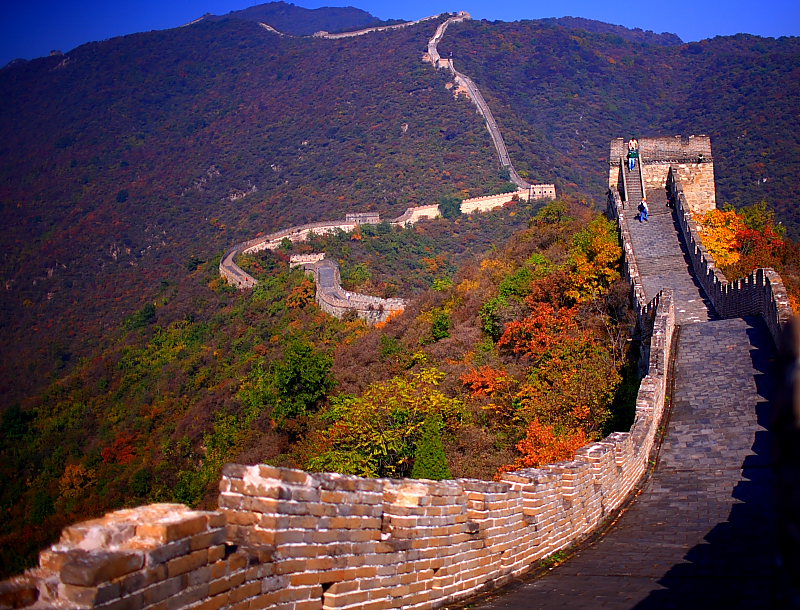Beijing has the most world heritage sites listed by UNESCO. The Beijing world heritage sites are the Great Wall, the Forbidden City, the Temple of Heaven, the Summer Palace, the Ming Tombs and Peking Man Site at Zhoukoudian.
The introduction of Beijing World Heritage
What comes to you first when people talk about China? Perhaps it is the Great Wall. The Great Wall has become a national icon of China. Stretching along the northern part of China, It is one of the greatest man-made wonders over the world. It was built as an ancient military defense project which was actually worked in the history. The Great Wall integrally preserves all the material and spiritual elements and historical and cultural information that carry its outstanding universal value. >>More
Built about 600 years ago, the Forbidden City has played an important role in Chinese history. It was the imperial palace of Ming Dynasty and Qing Dynasty from Emperor Yongle. Have you ever wanted to catch a glimpse of the life of ancient emperors? This palace is definitely the answer. There are over 8000 rooms in the palace. The Forbidden City was the largest collection of preserved ancient wooden structures in the world. >>More
The Summer Palace is the largest and best-preserved royal garden in China. It is a blend of natural scenery and artificial landscape. The mountains, waters and architecture together form picturesque scenes that are amazingly beautiful. UNESCO declared the Summer Palace “a masterpiece of Chinese landscape garden design. The natural landscape of hills and open water is combined with artificial features such as pavilions, halls, palaces, temples and bridges to form a harmonious ensemble of outstanding aesthetic value.” It is a popular tourist destination but also serves as a recreational park. >>More
The Temple of Heaven is a complex of religious buildings where the emperors came every winter solstice to worship heaven and to solemnly pray for a good harvest. Built about 600 years ago, it is the most holy imperial temple in Beijing. It was inscribed as a UNESCO World Heritage Site in 1998 and was described as “a masterpiece of architecture and landscape design which simply and graphically illustrates a cosmogony of great importance for the evolution of one of the world’s great civilizations…” as the “symbolic layout and design of the Temple of Heaven had a profound influence on architecture and planning in the Far East over many centuries.” >>More
The Ming Tombs are the mausoleums of 13 emperors of the Ming Dynasty (1368 – 1644). The harmonious integration of remarkable architectural groups in a natural environment chosen to meet the criteria of geomancy (Fengshui) makes the Ming Imperial Tombs masterpieces of human creative genius. So far, three of them are open to the public. They are Changling Tomb, Dingling Tomb and Zhaoling Tomb. Dingling Tomb is the only tomb of the thirteen to be excavated. >>More
The Peking Man Site at Zhoukoudian is located on the Longgu Mountain of Zhoukoudian Village in Fangshan District, 48km in the southwest of Beijing. It is a place where mountainous region borders upon the plain, with North China Great Plain in the southeast and mountains in the northwest. The mountains around Zhoukoudian are mostly made up of limestone which, under the erosion of dripping water, formed up into caves of various sizes. On the mountains, there is a natural cave about 140m long running from east to west, known as Peking Man Cave. In 1929, it was in this cave that remains of ancient man was for the first time uncovered and the place was named Zhoukoudian First Site. >>More
